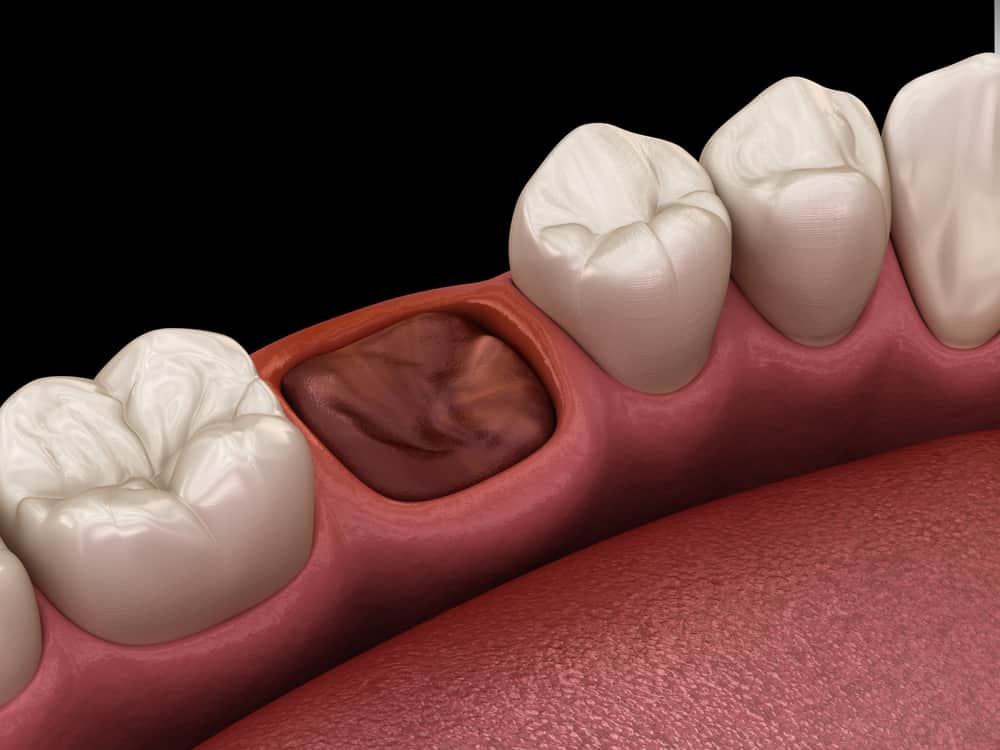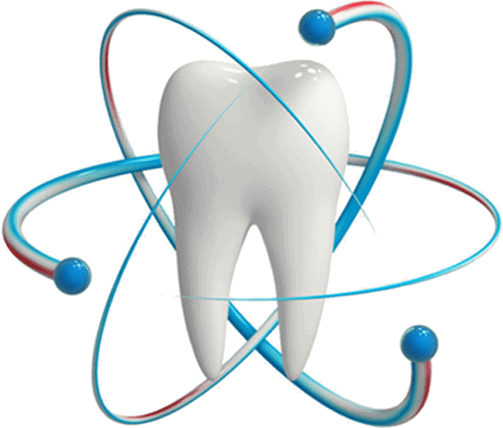Tooth extractions are quite common. Millions of Australians get their teeth removed every year. Now, thanks to modern dental equipment and the use of local anaesthesia, you only experience no slight discomfort during the procedure.
After tooth extraction, the healing process starts, during which the pain, bleeding, and swelling subsides. However, if you’re feeling intense pain after tooth extraction, you might have a dry socket.
Are you wondering what is a dry socket and how to tell if you have one?
Fret not! This article will tell you everything you should know about a dry socket and how it differs from a normal socket.
Normal Socket After Tooth Extraction
The hole or gap in the jawbone left after the removal of the tooth is called the socket.
After tooth extraction, a normal socket starts to develop a blood clot that stays in its place. This blood clot also protects the nerves and bone. As the anaesthetic wears off, you can experience mild bleeding, discomfort, swelling, pain, and soreness in the jaw and throat.
The empty socket normally heals on its own, and any pain, bleeding and swelling that you’re experiencing also improve over time.
What is a Dry Socket?
Dry socket, a.k.a. alveolar osteitis, refers to the inflammation of the alveolar bone. It’s a common but painful complication of tooth extraction. About 1 in 5 people get a dry socket after tooth extraction.
A dry socket develops when the blood clot disintegrates and leaves the nerves and bone exposed in the socket. If pain improves after tooth extraction but suddenly worsens, it indicates that you have a dry socket.
This condition can be more painful than the actual extraction. A dry socket can cause intense, throbbing pain that may spread to the upper jaw or the ear.
Dry Socket vs. Normal Socket
The following are the symptoms that you have a normal socket:
- Pain continues to improve after extraction
- Formation of a blood clot that stays in place until the wound heals
- No bad taste in the mouth
- No noticeable or exposed tissue and bone
- No change in how your breath smells
The following are the symptoms of a dry socket:
- The pain improves after tooth extraction but then gets worse
- The blood clot will be partially disintegrated, or there’s no visible blood clot
- Bad taste in the mouth
- Visible, exposed tissue or bone
- Bad breath due to bad smells coming from the extraction site
In most cases, a dry socket heals within 3 to 5 days. If you have a dry socket, you need to visit your dentist, who will flush out the socket and fill it with a medicated dressing to reduce the pain. Additionally, you can take over-the-counter pain relievers to control the pain.
Tooth Extraction in Ashfield, NSW
Our dentists at Ashfield Family Dental in Ashfield, NSW, Australia, are highly-skilled and experienced in performing tooth extractions. We try to ensure that your tooth extraction procedure is as painless as possible. If you have a dry socket, you must visit our dentists ASAP.
Call us today to book your appointment.




